The red-winged blackbird, busy little Corporal
While the swallows that used to herald the coming of spring are declining due to pesticide pollution, the red-winged blackbird is still one of the most frequently observed—or heard – of the early-returning migratory birds. Easily recognizable with their black feathers and yellow-bordered red epaulets, the male scouts arrive towards the end of March. They set up shop beside a swamp, pond or lake, and energetically defend their nesting grounds. Like little Corporals, they proudly show off their scarlet epaulets and, from high on some perch, try to impress the neighbours and future companions with their distinctive cry of “konk-a-lee”.
The females arrive a few days later and explore the territories of the most entrepreneurial males with a view to building a nest there. The polygamous males average four or five females on their territory over the course of one season. With their white-striped brown plumage, the females melt into the vegetation. This natural camouflage protects them from the most resolute predators, notably the crows, which are systematically harassed and mobbed by the males.
The nest, made of finely interwoven grasses, is typically attached to cattails or shrubs at least a metre above the ground. In it, the female lays three or four eggs which she incubates alone until they hatch 11 days later. During the initial weeks, the fledglings eat insects caught by the two parents. Later, they eat seeds like the adults.
In August, the red-winged blackbirds seem to disappear. In reality, they hide in the dense swampland vegetation during the annual moult of their feathers. They are more vulnerable during this period. In September, the “redwings” gather in huge flocks, often with other black birds such as starlings, grackles or cowbirds, and visit the grain fields. They stuff themselves with food in preparation for fall migration towards their winter hibernation grounds, which extend from central USA to Costa Rica.
Take the time to observe this busy bird. I’m sure it will impress you.
By the same author: A star of Animalium: the impressive urubu à tête rouge (Click the image below)

Jacques Prescott131 Posts
Jacques Prescott est biologiste, professeur associé à la Chaire en éco-conseil de l’Université du Québec à Chicoutimi. Spécialiste de la biodiversité et du développement durable, il est l’auteur de nombreux livres et articles sur la faune et la conservation de la nature. Il nous fait l’honneur de rejoindre notre équipe de collaborateurs et signera chaque mois une chronique intitulée Faune et flore. / Jacques Prescott is a biologist, associate professor with the Chair in Eco-Counselling of the Université du Québec à Chicoutimi. A specialist in biodiversity and sustainable development, he is the author of numerous books and articles about wildlife and nature conservation. He has honoured us by joining our team of contributors and will write a monthly column entitled Wildlife and Habitat.

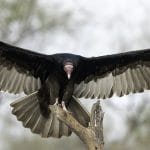

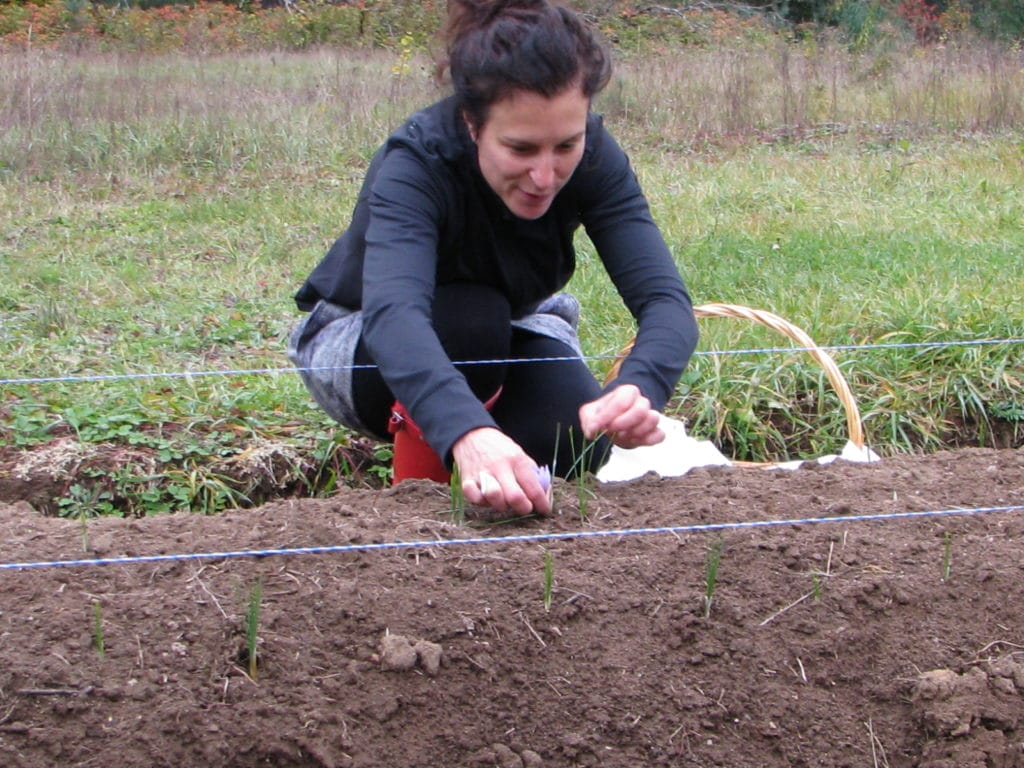
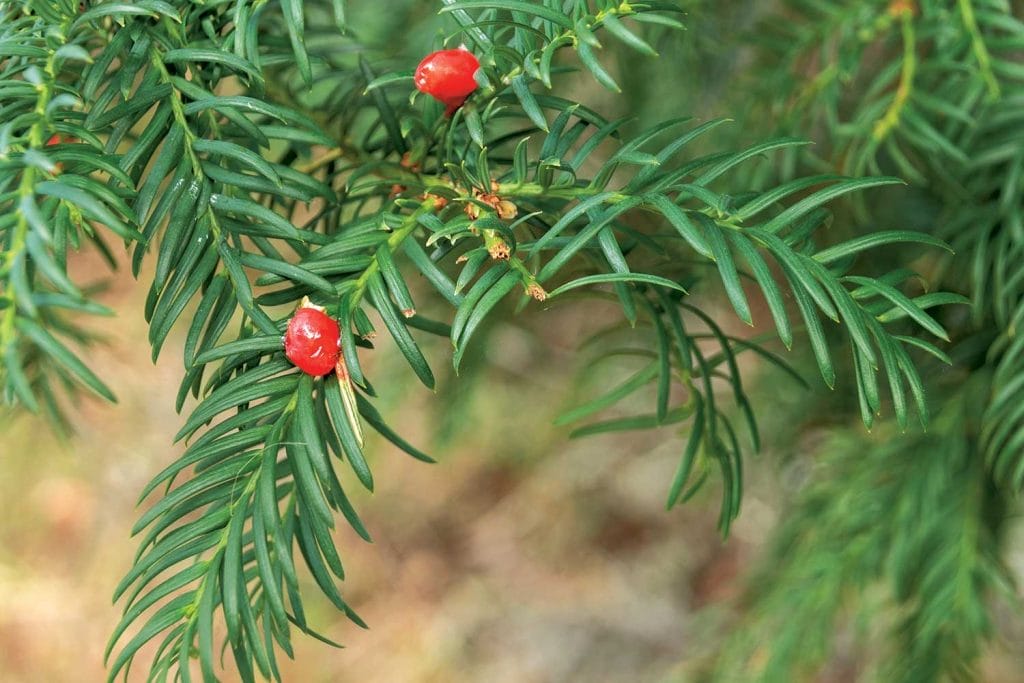
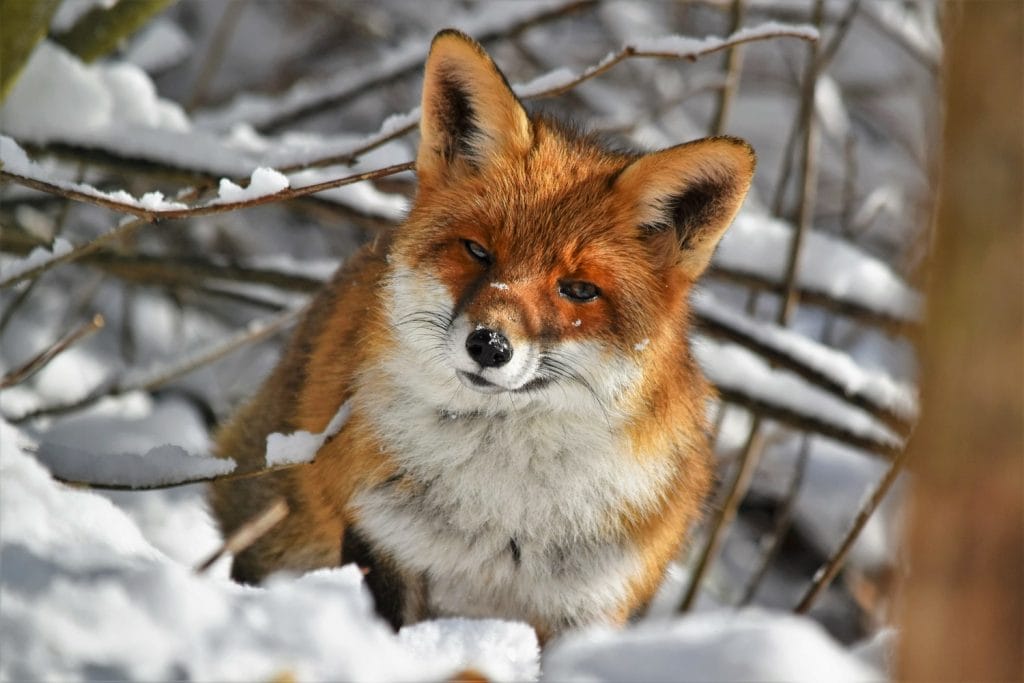
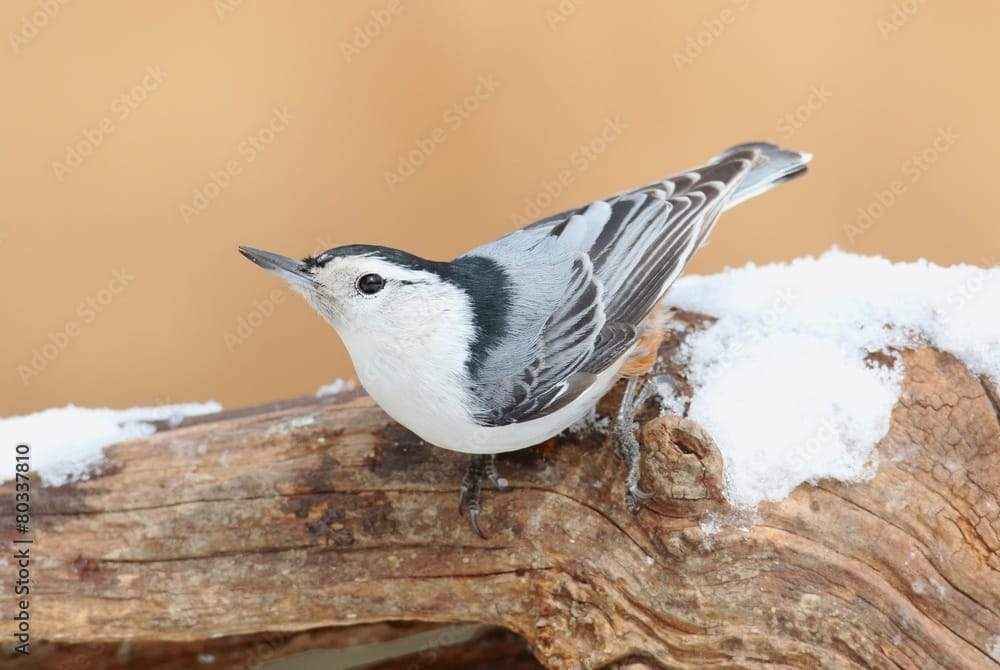
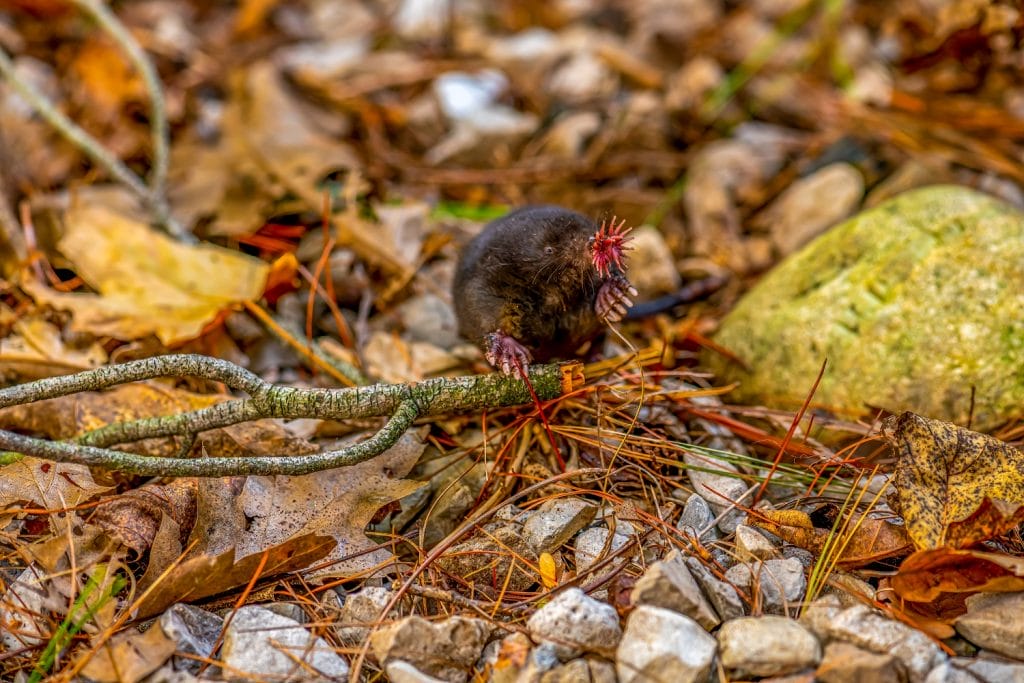


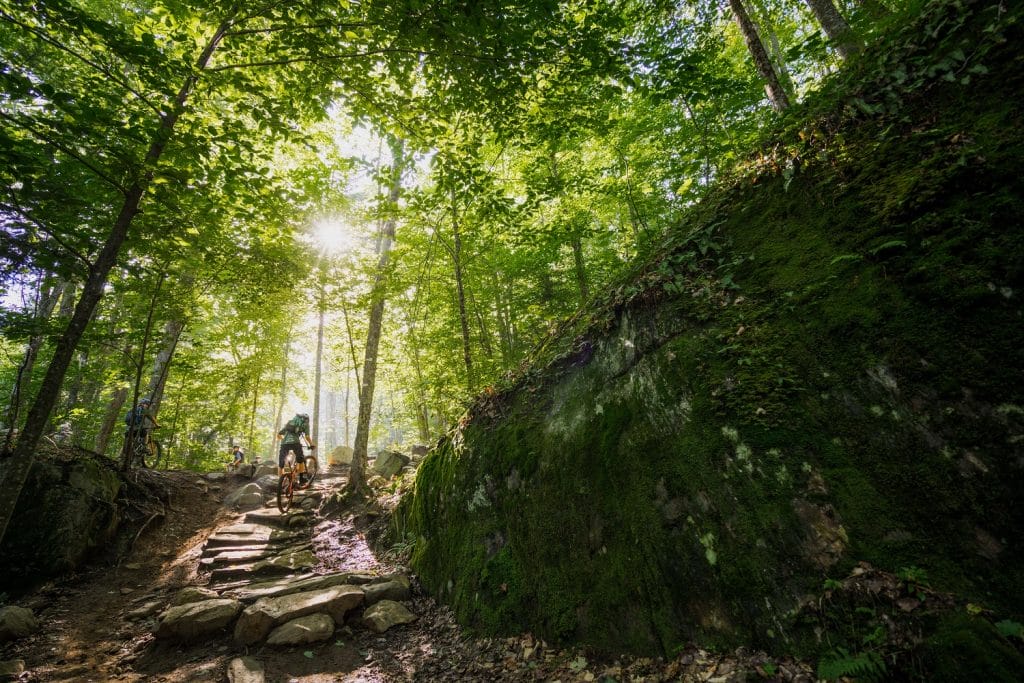


0 Comments